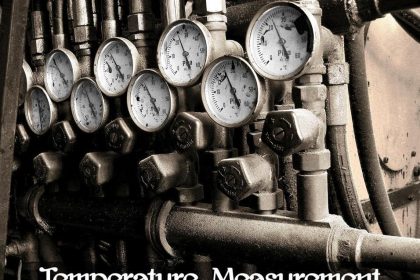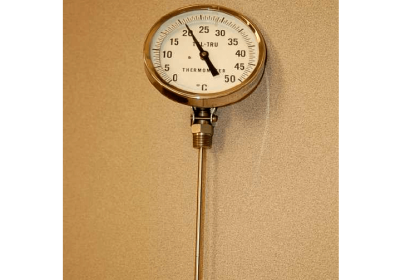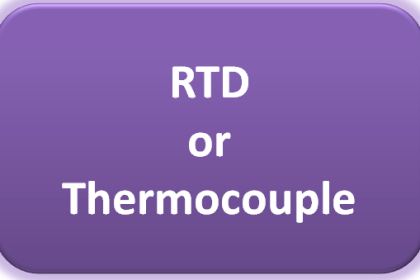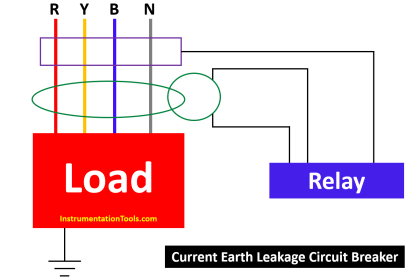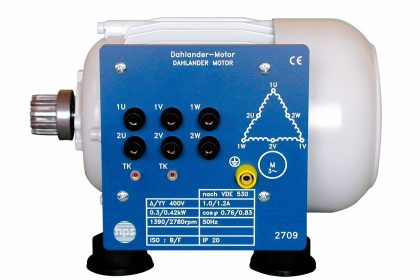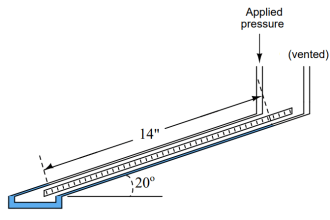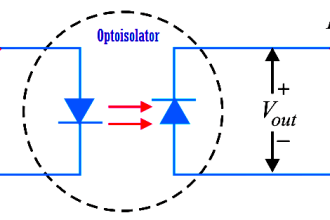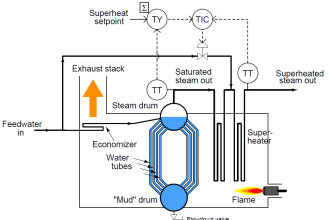In this post, we will understand the theory of distributed temperature sensors, also known as DTS sensors, in power lines.
The temperature of a power line must be maintained properly, for efficient operation and output. Temperature monitoring also helps in leakage detection and fire detection.
Power lines are laid in kilometres and traditional sensing methods were very hard and cumbersome to detect temperature.
Discrete sensors were used at predefined points; which sometimes caused less efficiency. This was because the areas which were not covered under these sensors went undetected and if any issue occurred in temperature, it could not be traced out.
The uneven temperature in parts of the power line is harmful to operation. So, to monitor the temperature in the whole power line, distributed temperature sensors were developed and it is the most used ones for this application.
DTS is nothing but a sensor system deploying optical fibre throughout the length of the power cable (in kilometres).
Optical fibres here do not work as a data transfer mechanism but work as temperature sensors. This gets a continuous temperature profile of the cable.
The great Indian physicist, Dr C.V. Raman, discovered that when light traverses a transparent material, some of the deflected light changes in wavelength.
This light scattering effect developed DTS sensors. Let us understand it in simpler terms.
Distributed Temperature Sensors
Basically, the DTS system comprises a DTS transmitter-receiver, optical fibre cable and a PC software analyzer. Optical fibre is laid throughout the power cable.
Continuous laser pulses are sent from the transmitter into the fibre optic cable (shown in blue colour). If you see the image below, you can see that light rays emitted from equipment travel in forward direction (shown in green colour).
Light always scatters at every interval with changes in temperature. Due to this scattering, that particular pulse of light travels in the opposite direction (shown in grey colour). The DTS equipment will receive each of these pulses.

Now, refer to the below image to understand the effect of temperature on light scattered. Stokes means the low frequency of light scattered and anti-stokes means the high frequency of light scattered.
If the temperature is higher, then the amplitude and frequency will increase; and if the temperature is lower, then the amplitude and frequency will decrease.
The centre line shown in grey colour is the typical frequency of a light pulse in the cable. The peaks shown in the figure (Raman and Brillouin) are the temperature peaks of the light signal received.
Typically, every 1 meter in the cable layout will generate scattered light; and so, if the cable length is 10 km, then there would be around 10000 reflected pulses received at regular intervals in the DTS equipment.
That means, you get a very high coverage area for the entire cable length and you will be able to monitor so many temperature points.
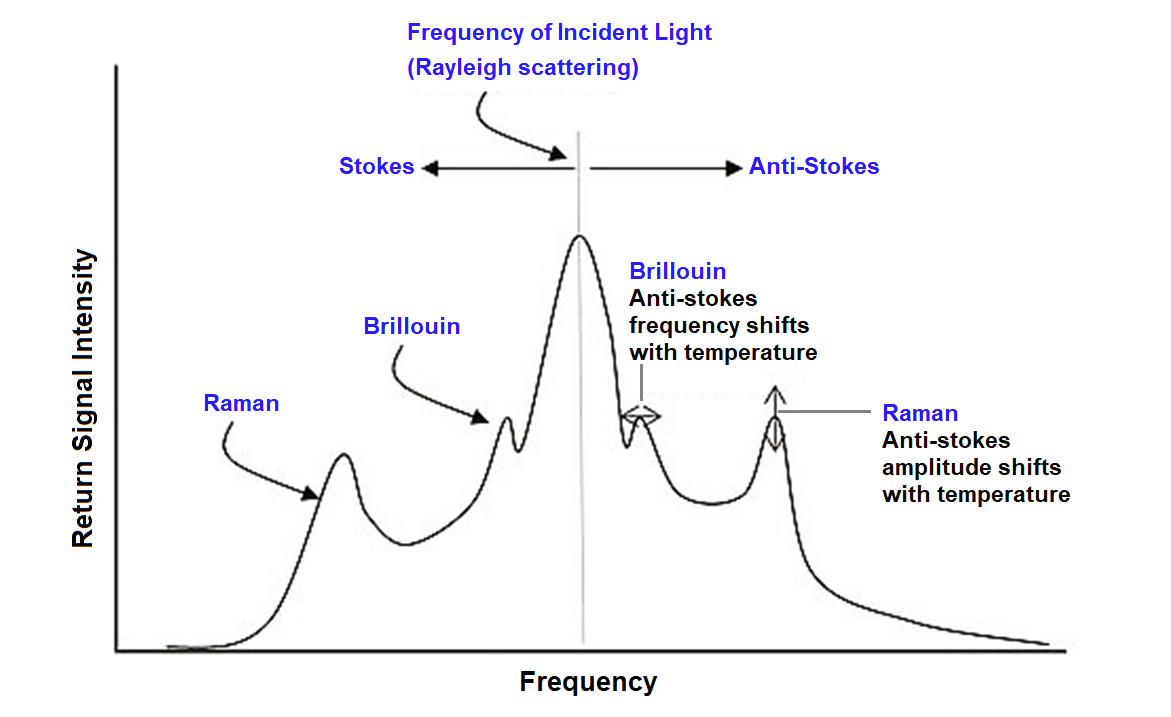
The peak height determines the temperature and the received time of the pulse determines the position of the peak in the cable length. The position is measured by a technique called as Optical Time Domain Reflectometry (OTDR).
Multimode fibre cables can operate till 40 km and single-mode fibre cables can operate till 100 km. Optical fibre is used because according to Raman’s theory, the transparent material is available here in the form of doped quartz glass.
Applications of DTS Sensors
DTS sensors are a very useful tool not just in the electrical system; but also in other sectors like oil and gas, chemical, tunnels, industrial conveyor belts, mines, hazard buildings etc.
In all these applications, optical fibre cable is laid over the media to be checked.
Advantages of Distributed Temperature Sensors
Due to distributed temperature sensors’ high efficiency and reduced complexity, the cost of installation and maintenance also decreases.
But, it is to be considered that due to specific environmental conditions where the cable is laid, it must also be coated with some special protective film.
In this way, we understood the basic working principle of DTS sensors.
